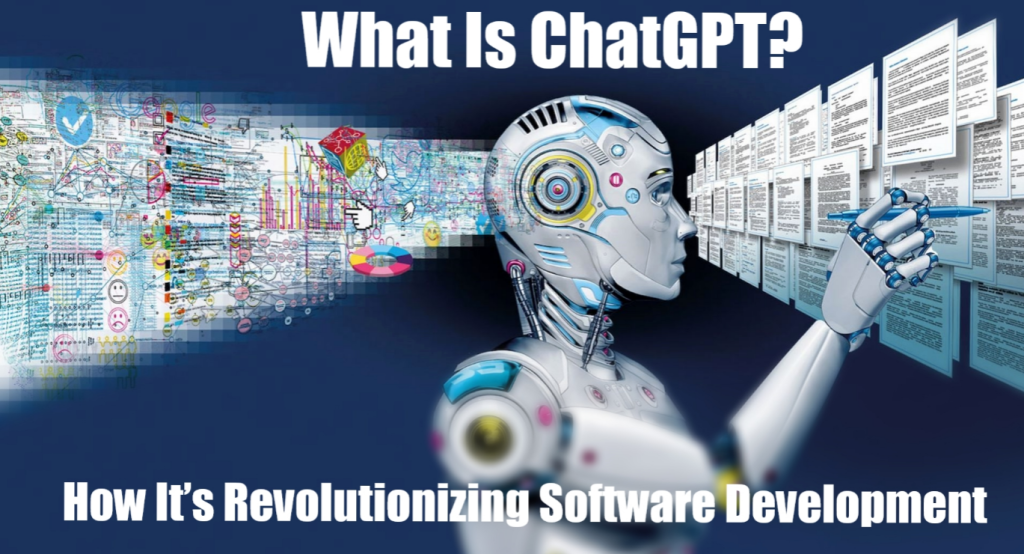ChatGPT is no longer just a conversational AI — by 2025 it has become a core component of modern software stacks. From AI-driven code generation to natural-language interfaces and automated testing, ChatGPT is reshaping how teams build, ship, and support software.

What Exactly Is ChatGPT?
ChatGPT is an advanced AI language model developed by OpenAI, capable of understanding and generating human-like text and code. In 2025, ChatGPT integrates with development tools, IDEs, and business platforms to act as a co-developer and assistant.
How ChatGPT Is Changing Software Development
Below are the main areas where ChatGPT drives change in 2025.
1. AI-Driven Code Generation
Developers use ChatGPT to scaffold apps, generate API endpoints, and create UI components. Prompts like “create a secure login route in Node.js using JWT” return ready-to-test code snippets that speed up development cycles.
2. Automated Testing & Debugging
ChatGPT analyzes pull requests, suggests unit tests, and pinpoints likely causes of bugs. Integration with CI/CD pipelines means suggested fixes can be automatically validated in staging environments.
3. Natural-Language Interfaces
Software products now expose natural-language layers: users ask plain-English questions and the system translates them to SQL, visualization commands, or workflow automations — reducing the need for manual queries.
4. Documentation & Knowledge Management
Documentation updates automatically from code diffs and commit messages. ChatGPT drafts API docs, changelogs, and onboarding materials — keeping docs current without manual toil.
5. Customer Support & Business Automation
ChatGPT powers smarter chatbots that access CRM data, product metadata, and logs to provide contextual, actionable support. It reduces time-to-resolution and scales multilingual support teams.

ChatGPT in Enterprise Software (CRM, ERP, HR)
In enterprise applications, ChatGPT functions as an AI layer that summarizes customer interactions, predicts churn, automates report generation, and assists HR in candidate screening.
Impact on Developers & Teams
| Area | Before ChatGPT | In 2025 with ChatGPT |
|---|---|---|
| Code Writing | Manual, repetitive | AI-assisted; 40–60% faster |
| QA & Testing | Human-driven | Automated AI test suggestions |
| Documentation | Outdated | Real-time auto-generated docs |
| Support | Tiered human support | Hybrid AI + human agents |
Security & Ethical Concerns
Adopting ChatGPT raises questions: where is code and data stored? Who owns AI-generated code? How do we prevent biased or harmful outputs? Enterprise offerings now provide private, encrypted deployments and compliance options to mitigate risks.
The Future: AI as a Co-Developer
ChatGPT augments human developers rather than replacing them. The most effective teams in 2025 combine human creativity and AI efficiency — focusing human effort on design, architecture, and product strategy.

FAQ
What is ChatGPT?
ChatGPT is an AI language model that can generate text and code and is used across development and business workflows as an assistant.
Can ChatGPT write production-ready code?
It can generate production-ready snippets, but review, testing, and security audits by engineers are still necessary before deployment.
Is ChatGPT safe for confidential data?
Enterprise-grade deployments offer encrypted, private instances. Companies should verify data handling policies before using any AI service for sensitive data.
Conclusion
By 2025, ChatGPT has redefined software: it enables natural-language interactions, accelerates development, and automates routine tasks. While challenges remain, AI-driven tools are now central to modern software practices.

